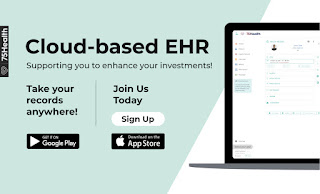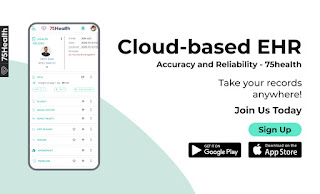How Electronic Health Record Software Creates Burnouts and Solutions To Get Away
Electronic Health Record Software has improved capabilities of information collection
and sharing from different healthcare providers and payers, but the same technology
also robs some critical data. Computer-based EHR Software still requires too
many mouse clicks to enter data thus draws the attention of the user.
Right
now, everyone sees EHR Software as
the master of the healthcare industry. But what they forgot to see is the burnouts
– emotional, digital fatigue, low professional satisfaction, etc. are dumping
out users along with benefits. The key is to not only give clinical data but also
authenticate information abiding by the healthcare regulations.
Nearly
50% of physicians are facing burnout because of Electronic Health Records
Software’s workload. It takes 45 minutes to schedule a CT scan through the EHR software
or over the telephone; additionally, they have to check the eligibility of insurance
coverage. If EHR software is poorly designed then doctors become a slave to it.
Today,
doctors are on the computer all the time. Web-based Electronic Health Record Software is created to ease the billing
and improvise patient care. Yes, the Software makes everything simple with an interoperability
option.
Patients
must go and collect reports from different healthcare facilities for radiology
and blood-related testing, right? The unique code of each patient and daily new
treatment code makes it easy for staff to send the right reports through the
system without sharing previous test results.
Without
software, it would be hard to find the choke points and the manual examination demands
more resources and time. Timing issues will prompt you to create mental
burnouts. You need to have a clear outline of tasks that the team needs to tackle
the workflow. First, consult with your staff and divide the daunting tasks and how
performance can be improved daily with Electronic
Health Record Software functionalities. General expectations of physicians
from EHR Software are
- Unified data transfer between all departments
- Loads of physical space saved with digital medical records
- High workflow with an increased capacity by serving more patients every day
- Minimizing the operational expenses and time
- Significant fall in medical errors and improved accuracy
Installing
Electronic Health Record Software at
your practice advances the analyzing patient records faster to grab insights. Now,
use your EHR Software to enter
information more quickly from a direct source with no errors and you have the full
peace of mind to devote your schedule to each patient and bring out the best
results from the treatment.




Comments
Post a Comment